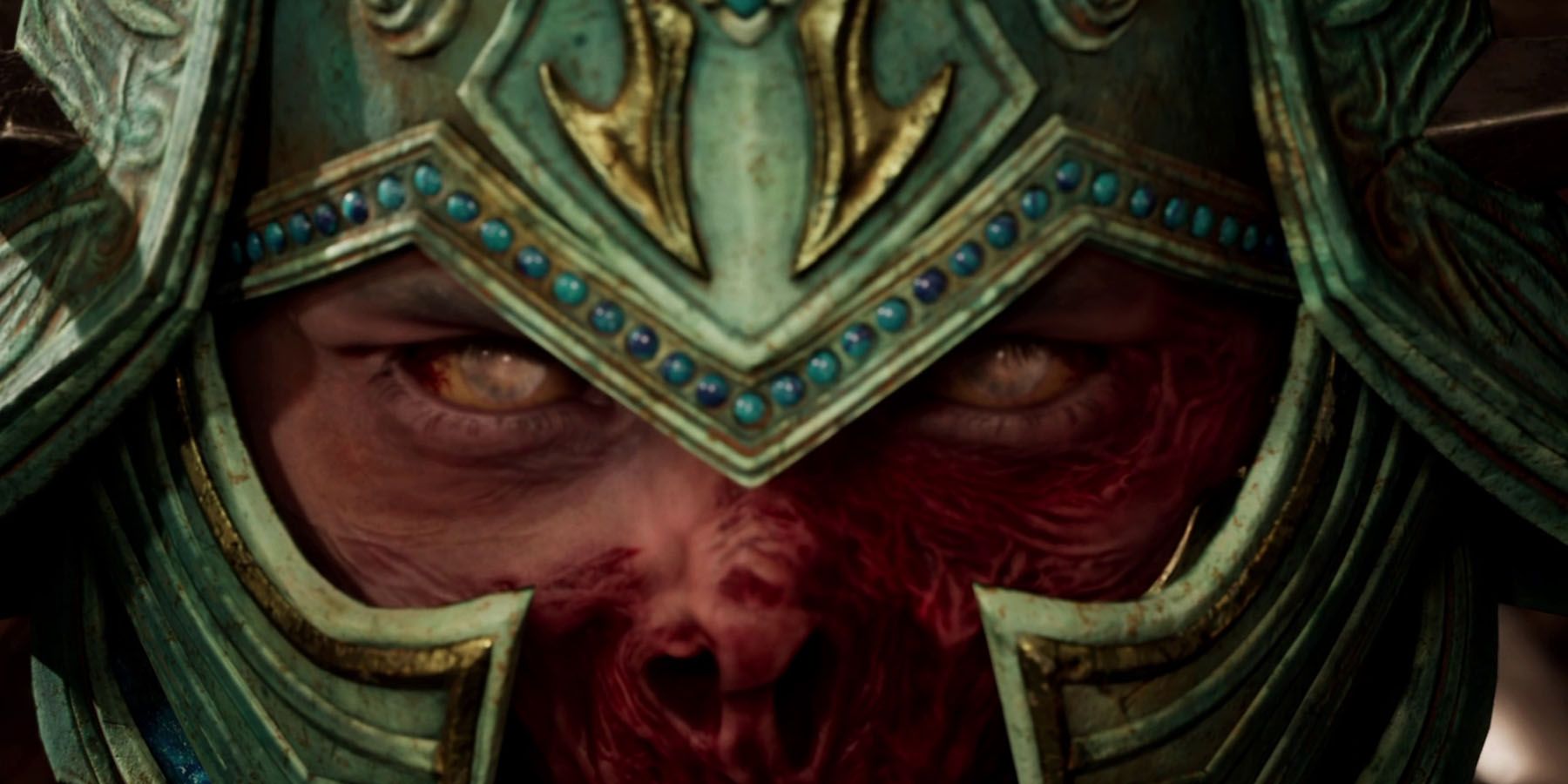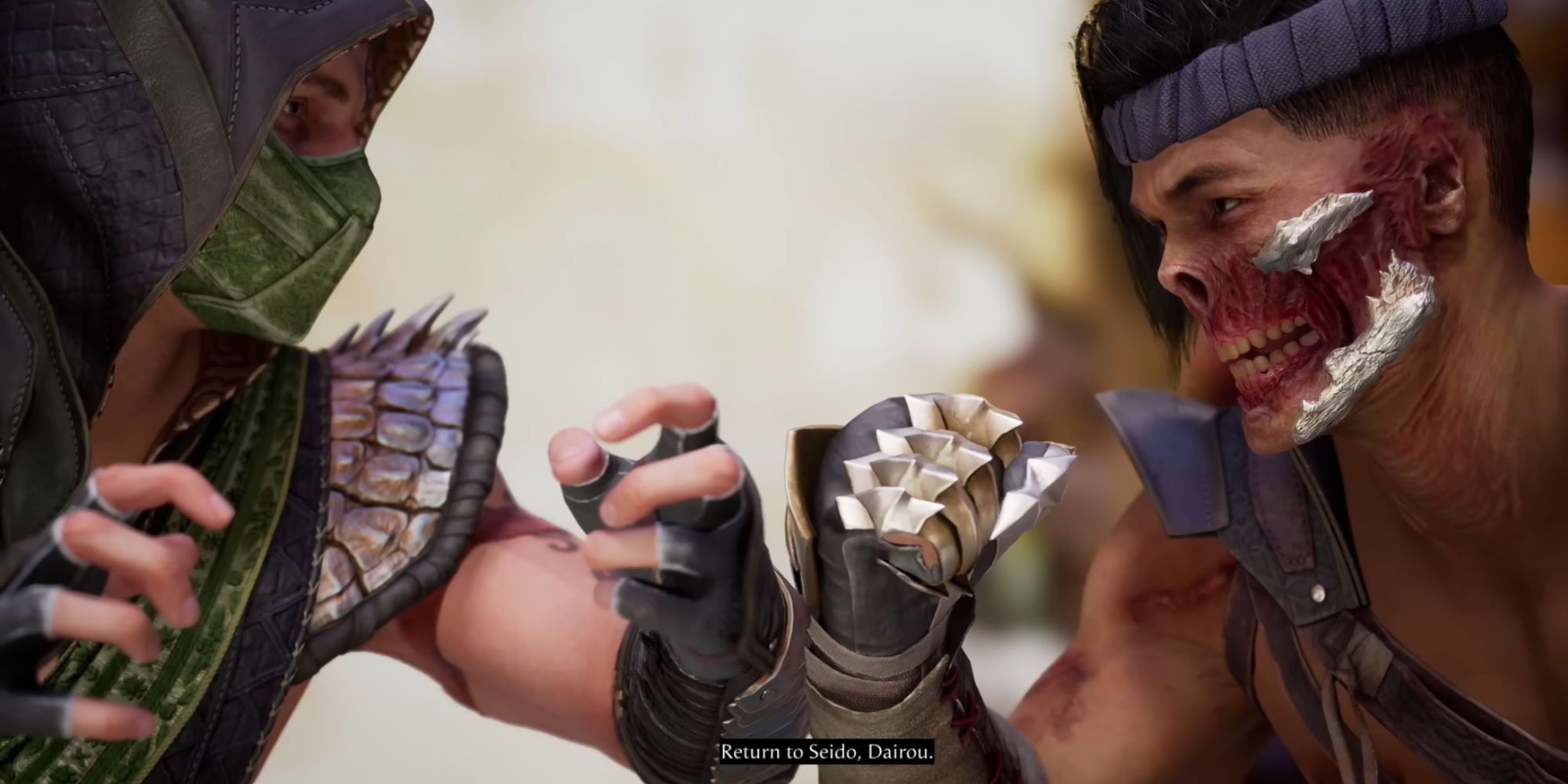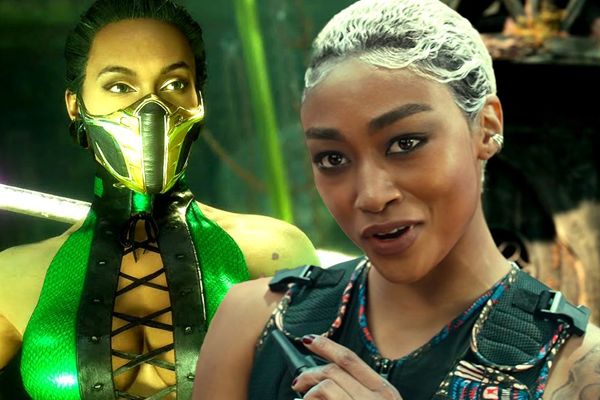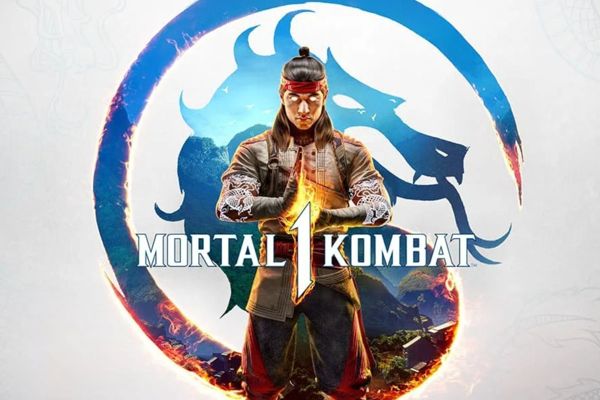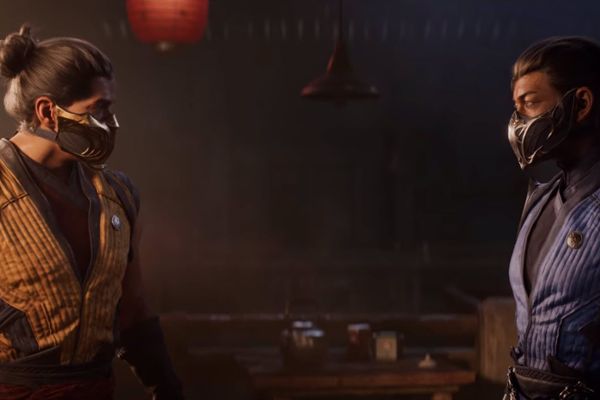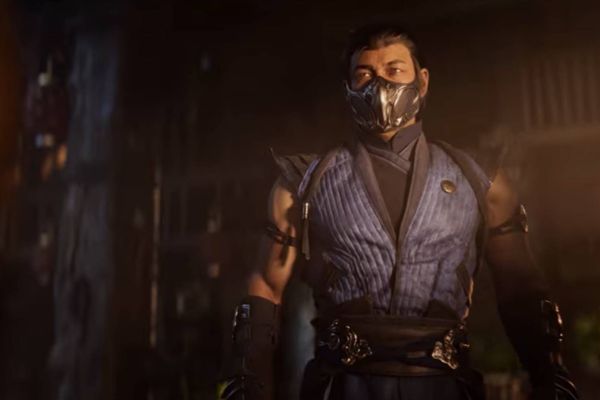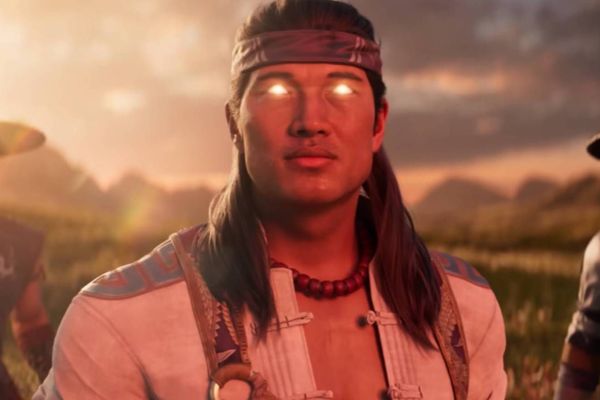
The Jaw-Dropping Surprise in Mortal Kombat 1's Mid-Credits Scene Unveiled

Discover the exciting twist in Mortal Kombat 1! Stick around for the mid-credits scene that unveils the mysterious Lord Havik and sets the stage for a thrilling sequel
Warning: There are major spoilers for Mortal Kombat 1's story mode. Mortal Kombat 1 presents its campaign with great ambition and creativity. NetherRealm not only introduces a completely new canon with the emergence of Fire God Liu Kang's new era, but also manages to pay homage to previous Mortal Kombat stories through clever references and hidden surprises. This decision proves to be a success, as it provides a delightful experience for all types of fans amidst the story's many twists and turns. The climax of the game showcases a battle reminiscent of Mortal Kombat Armageddon, but NetherRealm takes advantage of this seemingly catastrophic conclusion as a starting point for future narratives.
As Mortal Kombat 1 approaches its final act, NetherRealm establishes that anything is possible within this story. We discover that the mysterious figure behind Shang Tsung and Quan Chi is none other than Titan Shang Tsung, who appeared in Mortal Kombat 11's Aftermath DLC. The coexistence of this timeline with Liu Kang's has significant repercussions for the canon of the Mortal Kombat video game series. It all leads to an epic clash between Titans and Kombatants from various MK timelines. In the mid-credits scene of MK1, players are introduced to one of these Titans who may play a role in future Mortal Kombat tales.
MK1's Lord Havik Explained
After the credits conclude following the last chapter of MK1, NetherRealm presents a final cutscene to delight fans before concluding the story. Returning to the pyramid showcased in the closing chapter, the scene depicts multiple fallen fighters scattered around its base and steps. As the camera ascends the steps, it focuses on an alternate timeline Jax, who again finds himself without arms. Struggling with his injuries, Jax is approached by a group of enigmatic warriors making their way towards him. Among them, a few are unveiled as combinations of MK1's other fighters, while the leader is a unique character known as Lord Havik.
Although Lord Havik receives limited screen time in the mid-credits scene of MK1, he makes the most of every second to showcase his immense danger. Swiftly dispatching the suffering Jax upon encountering him, Havik reflects on the consequences of the battle at the pyramid. Similar to Liu Kang and the Shang Tsung players confronted at the end of the campaign, this Havik is a formidable Titan, making him a substantial threat with his inclination for chaos. Just before the cutscene concludes, Lord Havik asserts that in the future, such battles will have no end.
How Lord Havik May Affect An MK1 Sequel
The role of Lord Havik in a potential MK1 sequel is uncertain, but his usual portrayal suggests that he is focused on causing chaos. If Lord Havik is as powerful as the other Titans, he could greatly harm Liu Kang's new era. Whether he systematically eliminates characters like Baraka and Reptile or initiates a full-scale war in Outworld, Lord Havik would likely not be satisfied until everything is in a state of chaos. He has the potential to be an even more unpredictable force than Shang Tsung. NetherRealm Studios has a habit of hinting at sequels in their games, and they continue this trend by introducing Lord Havik in Mortal Kombat 1. Players will have to speculate on his future role and how it will impact the heroes of MK. The tower endings in MK1 already provide hints about the franchise's future direction, and this mid-credits scene adds to the excitement and anticipation. Only time will reveal if Lord Havik becomes one of the most significant antagonists in MK history.
Mortal Kombat 1 is available now on PC, PS5, Switch, and Xbox Series X/S.
